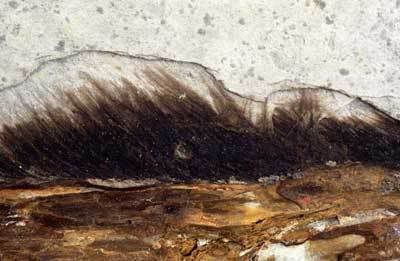Great thread
Kaziarl

What if birds are the “bats” of an extinct class of warm-blooded vertebrates?
That warm-blooded vertebrate class being the extinct “reptiles” called dinosaurs.
Imagine if ALL mammals went extinct
except bats?
Then in the
far future the the next civilization, of what animal class I can't imagine
right now, find fossils of elephants, rhinos, big/small cats, humans/apes, farm animals, dogs, whales, & other mammals & erroneously assume they were reptiles.
These people have always known bats as the flyers of the friendly skies, as well as species of flightless bats in their world, some big ala ostriches, some oceanic ala penguins.
These folks' bats are active both day & night. Not primarily nocturnal as most bats NOW are.
To cut to the chase, one day, after years of study, folks realize those extinct animals (non-bat mammals) are the
same class of animals bats are & NOT reptiles at all.
My point is BIRDS are (
most probably, definitely,) to the animals we call DINOSAURS what BATS are to all other mammals.
Memo to the over-analytical Herberts obsessed with technicalities:
*The issue of the existence or non-existence of birds in that imaginary Far Future is IRRELEVANT. I was
making a point via a metaphor.
So no Professor from “The SIMPSONS” dork geekisms please

Despite my plea, you KNOW the Dweeb Squad(s) are going to, to my agony, prove me right ala long-haired high-fallutin replies

 “Oh, the pain!”
“Oh, the pain!”, as Dr. Zachary Smith would say.
*I know, as does your average cocker spaniel, that pterodactyls/pterosaurs & the ocean
reptiles were NOT dinosaurs.
Can hear some pencil-necked geek pointing that out to me already

*Speaking of ptero“saurs” & pterodactyls,
I'll be posting a topic about those intriguing fascinating

creatures SOON


That's my 3 cents mack!








 creatures SOON
creatures SOON
 , ^, but when posting my reply I couldn't help but think of all those tit-for-tat long haired high-fallutin replies aficionados were having back & forth, forth & back, tit-for-tat,yada,yada,yada in other forums within TrekBBS.
, ^, but when posting my reply I couldn't help but think of all those tit-for-tat long haired high-fallutin replies aficionados were having back & forth, forth & back, tit-for-tat,yada,yada,yada in other forums within TrekBBS. /Dominion thing that was up in GenTrek recently & the unending b&f/f&b/tit-for-tatting aficionados were having about that
/Dominion thing that was up in GenTrek recently & the unending b&f/f&b/tit-for-tatting aficionados were having about that



